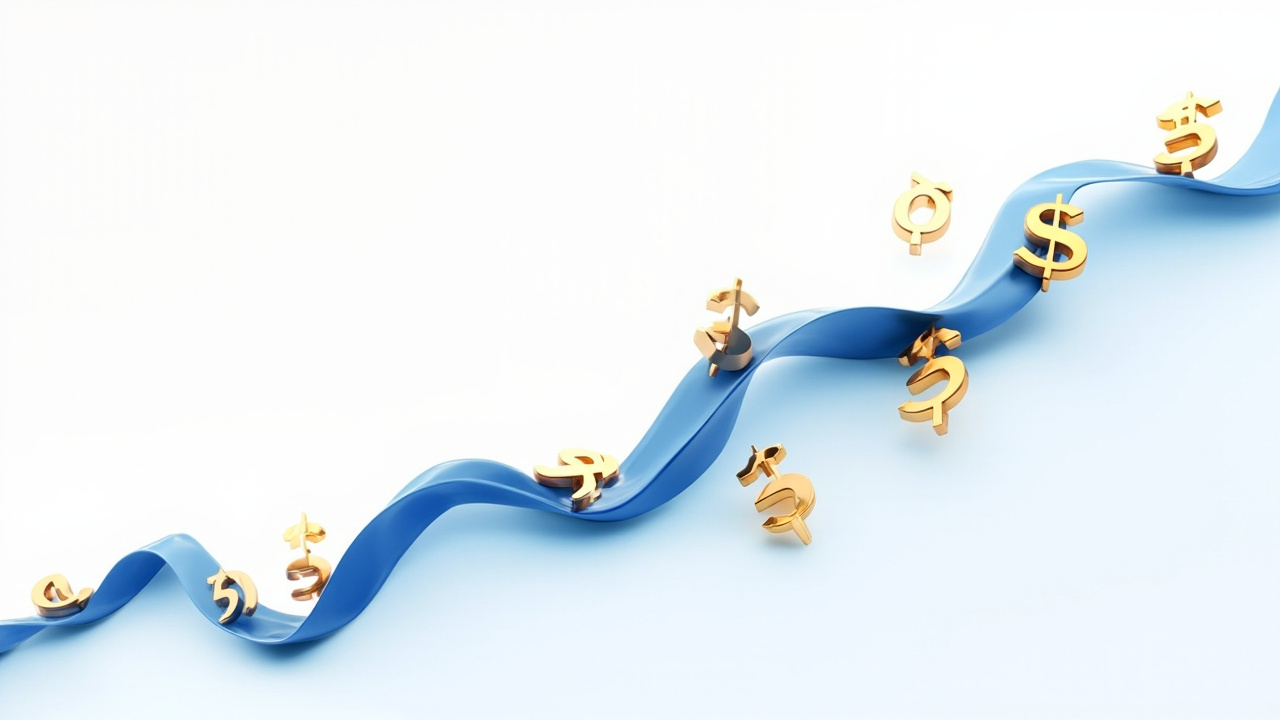Retail Sales Surge Signals Economic Resilience

China's retail sales witnessed a remarkable surge in May, marking the highest growth rate since late 2023, while industrial production and investment displayed consistent progress. These figures underscore the resilience of the world's second-largest economy, even in the face of persistent global challenges.
According to analysts, this growth indicates a recovery trajectory on the right path, supported by targeted stimulus measures and accommodative macroeconomic policies. Nonetheless, sluggish demand coupled with external uncertainties has sparked calls for more decisive and coordinated policy support.
The National Bureau of Statistics reported that retail sales, a key indicator of consumer spending, rose by 6.4 percent year-on-year in May, a significant increase from April's 5.1 percent growth.
"Consumers engaged in a bit of retail therapy in May, buoyed by the early launch of the '618' shopping festival and incentives from the government's trade-in program," remarked Louise Loo, lead economist at Oxford Economics.
Based on the current data, Loo indicated that her team believes China's GDP for the second quarter is poised for a year-on-year growth of 5.2 percent, slightly above their current baseline, thanks to enthusiastic export front-loading and a resilient services sector.
Echoing these sentiments, Ming Ming, chief economist at CITIC Securities, noted that despite ongoing external uncertainties, China's economy is gaining further momentum, driven by proactive and effective macroeconomic policies.
Ming pointed out that industrial output continues on its recovery path, consumption has rebounded more quickly, and investments in manufacturing and infrastructure remain robust, all contributing to a firm foundation for economic recovery.
Data from the NBS showed that China's value-added industrial output rose 5.8 percent year-on-year in May, while fixed-asset investment climbed by 3.7 percent during the January-May period, following a 4 percent increase in the first four months of the year.
Lu Ting, chief China economist at Nomura, highlighted that the rise in retail sales and a slower growth rate in fixed-asset investment signify a shift in China's policy focus from investment to enhancing consumption.
However, he warned that the benefits from the trade-in program may diminish in the latter half of this year, particularly in light of a high comparison base, while any ramifications from the front-loading of exports could surface post the 90-day truce in the U.S.-China trade dispute.
Achieving the annual growth target of around 5 percent this year will necessitate the introduction of a substantial stimulus package, according to Lu.
Wang Qing, chief macroeconomic analyst at Golden Credit Rating International, projected that the central bank is likely to continue cutting interest rates in the latter half of the year, and policymakers may implement incremental fiscal measures to enhance support for the trade-in program.
Read These Next

Strategic Shifts and Financial Trends in the Aquaculture Industry
This article analyzes a company in the aquaculture industry, focusing on its shift towards international markets, financial trends, significant events, and associated risks.

Yipinhong Pharmaceutical Group: Preparing for Strategic Shareholder Engagement and Financial Optimization
This article analyzes the recent corporate governance actions and financial management strategies of Yipinhong Pharmaceutical Group Co., Ltd., as the company prepares for its extraordinary general meeting in July 2025.

Company's Financial Overview and Dividend Strategy for Fiscal Year 2024
An analysis of the company's annual report focusing on dividend distribution, financial performance, management outlook, and associated risks.
